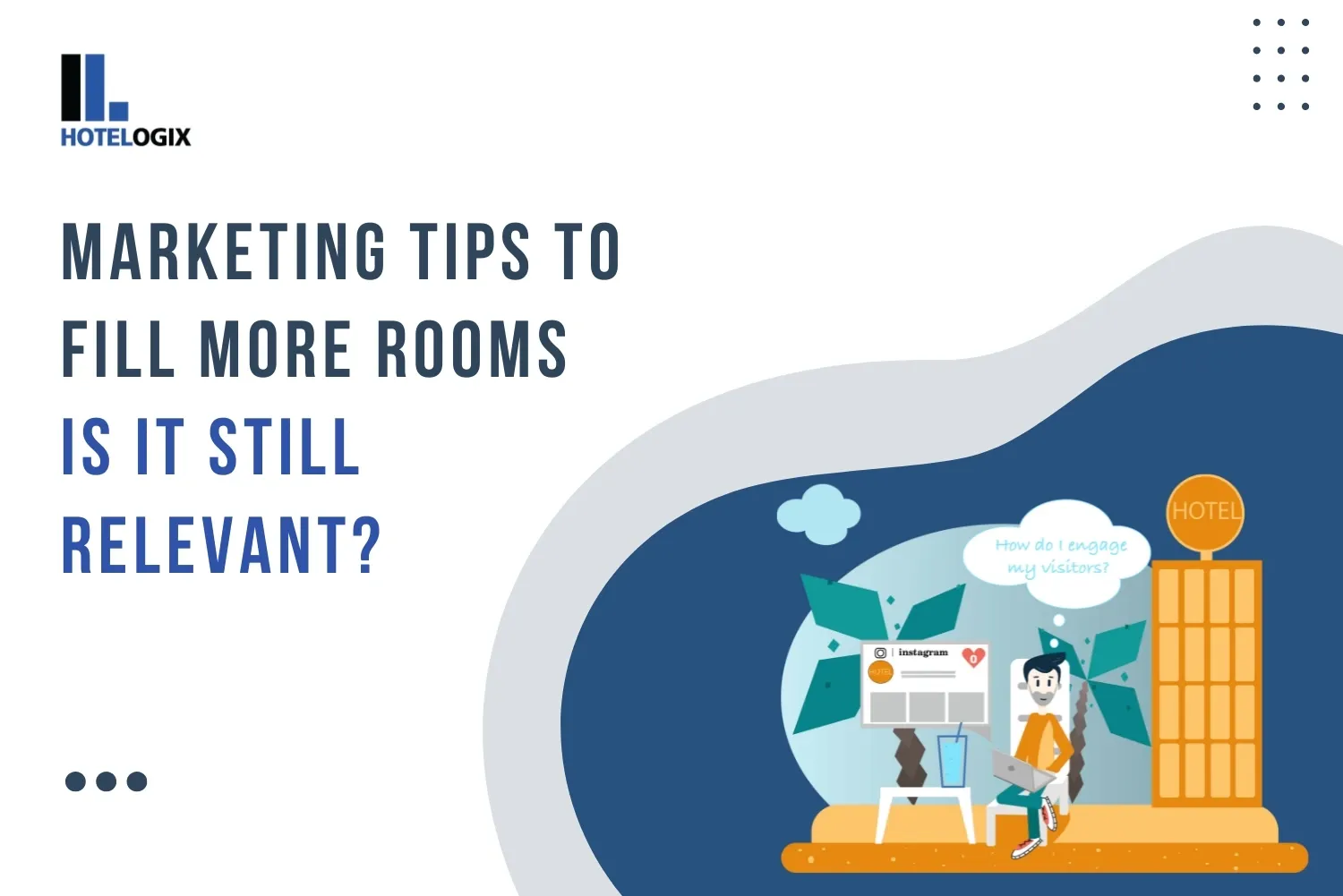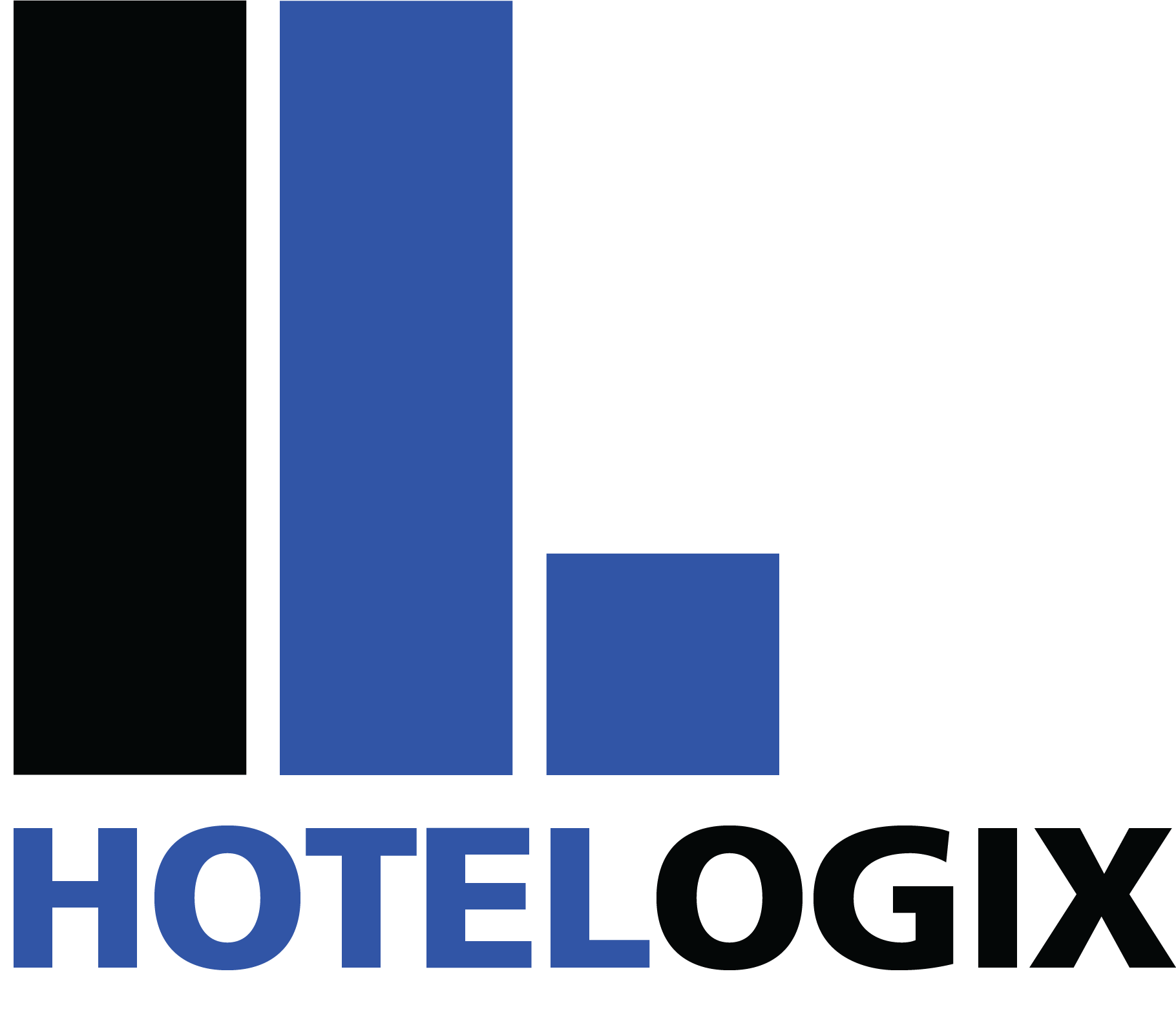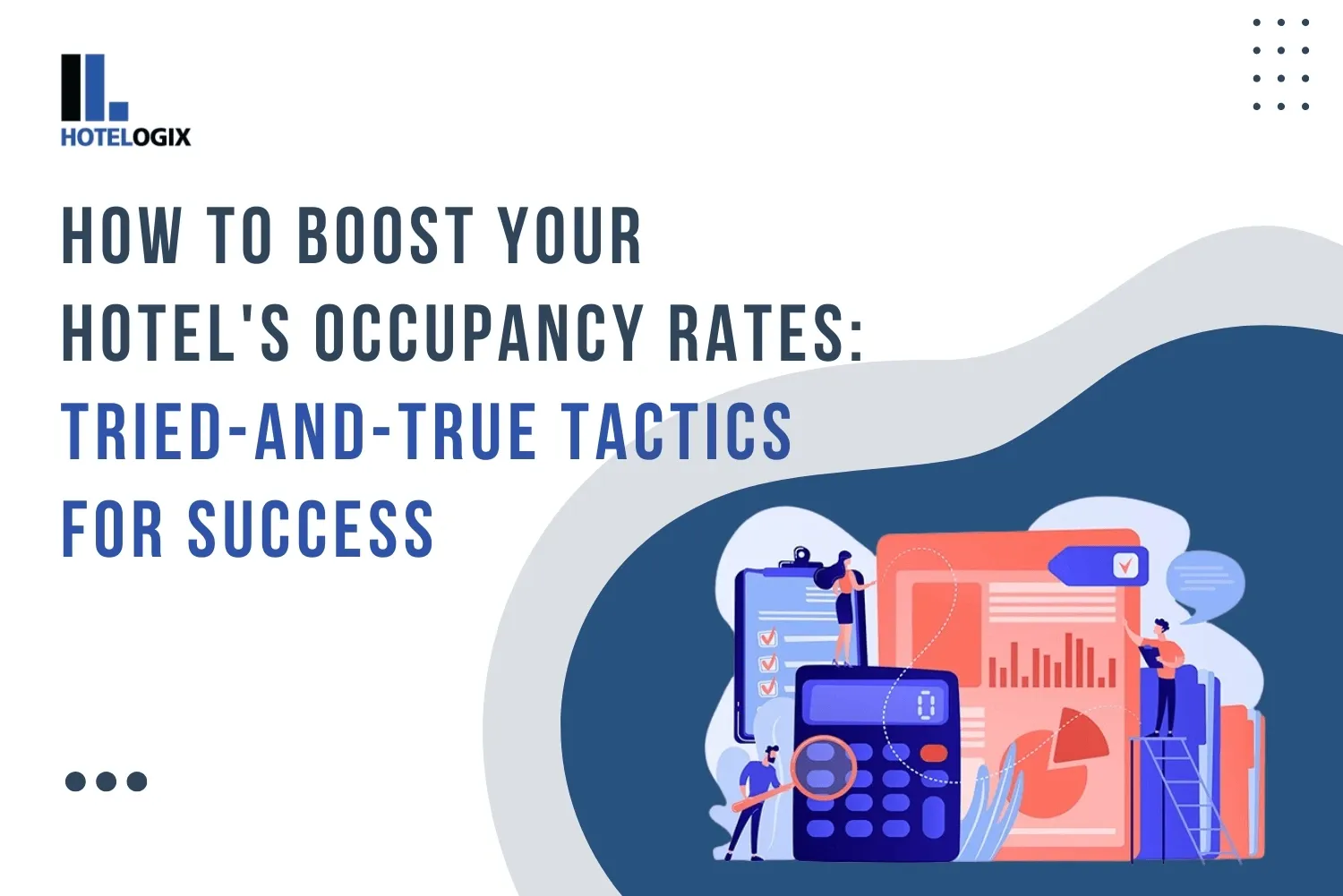High occupancy means more money and a thriving business. But how can you ensure your hotel stays busy even when business slows down? Let's explore some hands-on ways to increase your hotel's occupancy rates.
What is the Hotel Occupancy Rate?
Before we get into tactics, let's explain what occupancy rate means. It's straightforward: divide the number of filled rooms by the total number of available rooms then multiply by 100. This calculation gives you your occupancy rate as a percentage.
For instance, if you've got 100 rooms and 75 are filled, your occupancy rate stands at 75%.
What Makes a Good Occupancy Rate?
A solid occupancy rate can change based on where you are, what kind of hotel you run, and the season rates between 70% and 80% show a healthy business. But when it's a busy season, you might shoot for 90% or even higher.
Keep in mind, filling every single room isn't always what you're after. You need some space to handle surprises or people who book at the last minute.
Ways to Increase Your Hotel's Occupancy Rate
1. Put Together Attractive Packages
Consider combining your room prices with:
- Local attraction tickets
- Spa treatments
- Dining experiences
- Transportation services
This adds value without reducing your basic room rate.
2. Focus on the Right Guests
Identify your ideal guests, whether they are business travelers, families, or thrill-seekers. Tailor your marketing strategies to directly address these specific groups effectively, ensuring your offerings resonate with their needs and preferences. Using targeted marketing strategies to increase hotel revenue, you can align your promotions with what each group values most.
3. Use Email Marketing
Build a comprehensive mailing list of past guests and send them personalized offers during slow periods. Remind them why they enjoyed their stay and entice them to return with exclusive deals and updates about your property.
4. Team Up with Local Businesses
Collaborate with nearby attractions, restaurants, or event organizers. Promote each other to attract more visitors to the area and enhance guest experiences, creating a network of mutual support and shared benefits.
5. Boost Your Online Visibility
Develop a user-friendly website that functions well on mobile devices. Use high-quality photos and provide clear, detailed descriptions about your rooms and services offered, ensuring potential guests have all the information they need.
6. Get Active on Social Media
Engage with audiences on platforms like Instagram and Facebook. Showcase what makes your hotel unique and highlight guest experiences to generate excitement and build a loyal online community.
7. Run Weekday Deals
Address the challenge of filling rooms during weekdays by creating special offers. Attract guests during quieter times with enticing promotions, such as discounted rates or package deals that include local attractions.
8. Put On Events
Transform your hotel into a popular venue by hosting events. Consider business meetups, wedding fairs, or local art displays to draw in diverse crowds and establish your hotel as a community hub.
9. Use Smart Pricing
Adjust your rates based on demand fluctuations using hotel dynamic pricing strategies. During slower periods, consider reducing rates slightly to attract more guests, but maintain value perception by highlighting the unique benefits of staying at your property.
10. Ask for Reviews and Answer Them
Encourage satisfied guests to leave positive reviews, as they can significantly boost bookings. Respond to all feedback, whether positive or negative, promptly and professionally, showing that you value guest opinions and are committed to improvement.
Marketing Tips to Fill More Rooms

1. Use Targeted Social Media Ads
Run ads on platforms like Facebook and Instagram. Aim them at specific groups based on age, location, and interests. Use eye-catching pictures and simple words to tell people why your hotel is a great choice.
2. Start a Loyalty Program for Guests Who Come Back
Create a program that gives rewards to guests who visit again. Offer things like discounts or room upgrades. This makes guests feel special and encourages them to choose your hotel for their next trip.
3. Offer Deals on Empty Rooms at the Last Minute
Use last-minute booking sites or your own website to offer discounts on rooms that are still available. This helps fill up your hotel and attracts travelers looking for a deal. Highlight any extras or perks to make the offer more appealing.
4. Team Up with Travel Bloggers or Influencers
Work with bloggers or influencers who share your hotel's vibe. Invite them to stay and share their experience online. Their followers trust their opinions, which can bring new guests to your hotel.
5. Make Your Listing Stand Out on OTAs (Online Travel Agencies)
Make sure your hotel looks great on booking sites. Use clear photos and simple descriptions. Keep your information up-to-date and align with OTA industry trends by highlighting what makes your hotel special to catch the eye of potential guests.
Dealing with Slow Times
1. Get Local Guests Interested with "Staycation" Deals
Offer special packages for locals looking for a quick getaway without leaving town. Highlight the convenience and relaxation of staying close to home. Include perks like complimentary breakfast or spa services to make the staycation feel like a true escape.
2. Give Discounts for Extended Stays
Encourage guests to stay longer by offering reduced rates for extended visits. This can attract remote workers or families looking for a change of scenery. Provide amenities like free Wi-Fi and kitchen facilities to make longer stays comfortable and appealing.
3. Look for Different Types of Guests (Like Business Travelers in Summer)
Identify guest segments that might travel during off-peak times, such as business travelers or retirees. Tailor your marketing and offer to meet their specific needs. For example, create packages that include meeting spaces or transportation services for business guests.
Read More - Ways to Lower OTA Commission and Increase Profitability
4. Use This Time to Fix Up the Place or Train Your Team
Take advantage of quieter periods to make improvements to your property or invest in staff training. This can include renovations, deep cleaning, or upgrading technology. Training sessions can enhance your team's skills, ensuring better service when business picks up.
5. Come Up with Themed Experiences or Packages That Fit the Season
Create unique experiences or packages that align with the current season or local events. This could be a winter wonderland package with hot cocoa and sleigh rides or a summer adventure package with beach access and water sports. These themed offerings can attract guests looking for something special and memorable.
Keep in mind, cutting prices should be your last choice. Instead, try to add more value and create one-of-a-kind experiences that make your hotel stand out.
How Hotelogix Web Booking Engine helps
To Wrap Up
Boosting your hotel's occupancy rate doesn't happen overnight, but it pays off. By putting these tactics into action, you'll be headed towards a busier, more lucrative hotel. Keep an eye on what gets the best results for your place and be ready to switch things up as the market shifts. If you stick with it and think outside the box, you can keep those rooms booked and your business going strong.


